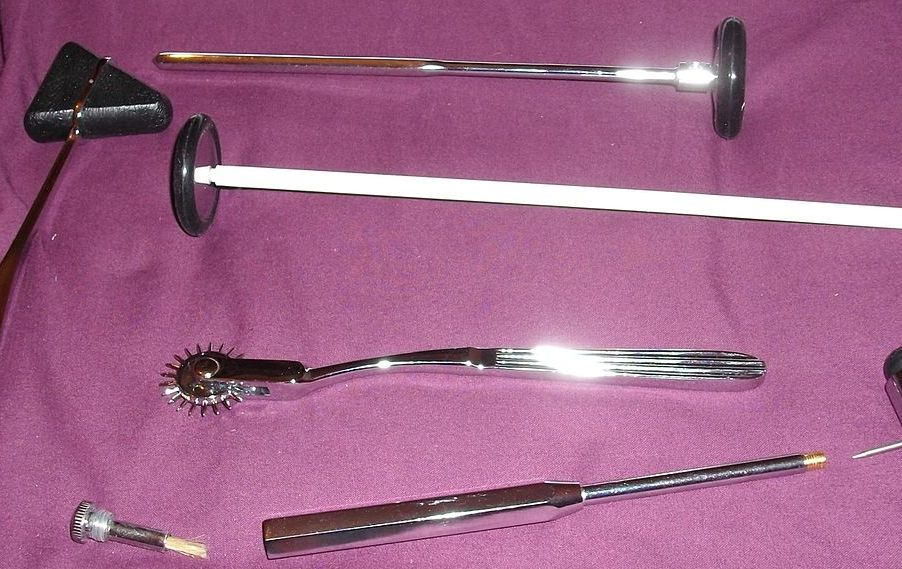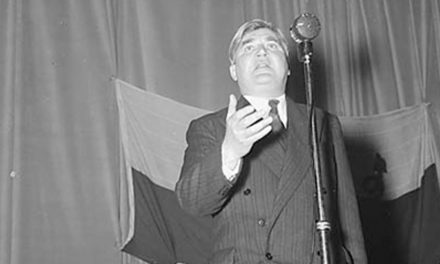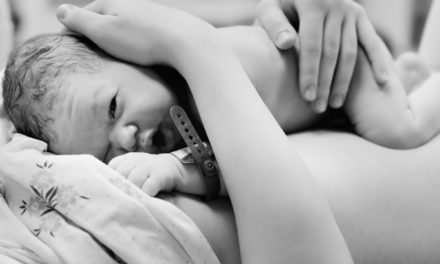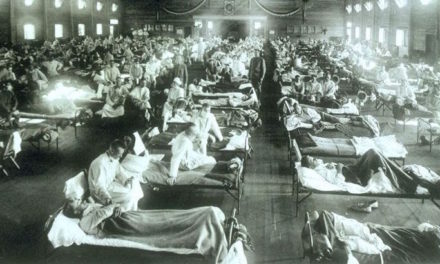The tendon hammer is one of the most historically resilient medical instruments still in use today. It is a simple yet invaluable device that can be used to diagnose a wide variety of nervous system and muscular disorders. Almost 130 years after the invention of the first tendon hammer they can be found on nearly every hospital ward and can be seen in use on nearly every medical round and during most medical exams.
The Muscle Stretch Reflex
The story of the tendon hammer began in 1875 when Wilhelm Heinrich Erb and Karl Freidreich Otto Westphal simultaneously described the muscle stretch reflexes. Westphal considered the reflex as a local muscle phenomenon, whereas Erb viewed it more clearly as a true reflex arc and realized its utility in diagnosing certain disease states.
Both Erb and Westphal suggested that the muscle stretch reflex could be elicited by striking the tendon with a finger, Erb also suggested that a ‘percussion hammer’ could be used. At this point in time, ‘percussion hammers’ were used for percussing the chest but were declining in popularity for use in this manner.

Wilhelm Heinrich Erb, circa 1900
In the early 1880s, the British neurologist William Gowers coined the phrase “the myotatic reflex” for the knee-jerk reflex and advocated using the side of the hand or the rubber edge of a stethoscope. I have used both of these techniques over the years and became particularly adept at eliciting reflexes with my stethoscope in A&E in the early hours of the morning when the departmental tendon hammer had gone missing in action.
The First Reflex Hammers
Over the next few years, percussion hammers became the preferred instrument for eliciting tendon reflexes. Percussion hammers, however, had relatively small heads and were often too light to elicit an adequate tendon reflex. For this reason, it wasn’t long before the first custom-built specific reflex hammers were built.
The first true ‘reflex hammer’ was designed by John Madison Taylor in Philadelphia in 1888. It consisted of a triangular rubber head attached to a flat metallic handle and became known by the name the ‘tomahawk’ hammer because of its resemblance to the Native American single-handed axe.
The American physician William Christopher Krauss designed the ‘Krauss’ hammer a few years later and exhibited it at the 20th annual meeting of the American Neurological Society in Washington, DC in 1894. His hammer was the one of the earliest to incorporate modifications for testing sensation as well as tendon reflexes.
Several other similar designs were produced during the late 1800s and early 1900s. One notable design was the Babinski/Rabiner hammer. Joseph Babinski originally produced a hammer with a rubber ring surrounding the head in 1912. It had the advantage of being able to easily fit in the pocket of a physician, making it more portable than earlier models. In 1920, Babinski met with fellow neurologist Abraham Rabiner, and the two apparently had a heated argument about the mechanism of the now famous ‘Babinski response’ or plantar reflex. Following this altercation, Babinski gave Rabiner his own personal reflex hammer “as a token of support”. Rabiner brought the hammer back to New York and had a modified version produced in which the shaft could be screwed into the shank at either a perpendicular or parallel angle to the head. This hammer became known as the Babinski/Rabiner hammer.

Joseph Babinski, circa 1910
The Queen Square Hammer
The Queen Square hammer is still in production today and is probably the version of the reflex hammer that most modern physicians are most familiar with. The first version was apparently modelled after a chest percussion hammer designed by Henry Vernon of the Great Northern Hospital in 1858.
A nurse by the name of Miss Wintle, who was the head nurse of physiotherapy and radiology at the National Hospital for Nervous Diseases, Queen Square, London, is attributed with the design of the Queen Square version of the Vernon hammer. She was responsible for the electrotherapeutic instruments at Queen Square and for this reason, was known by the nickname ‘Sister Electrical’. In 1925 she “hit upon the happy device of fitting a ring pessary to a solid brass wheel, and mounting this upon a stick of bamboo”. The result was the heavy, springy, circular hammer attached to a long stick, the design of which many of us are very familiar with today.

A variety of reflex hammers: the tomahawk hammer far left, Babinski hammer at the top, Queens square hammer immediately below. Image sourced from Wikipedia
Courtesy of Dr Ali Raheem CC BY-SA 3.0
The assessment of tendon reflexes is now considered to be a vital part of a patient’s neurological assessment and tendon hammers remain an indispensable piece of equipment to the vast majority of physicians. In the rapidly evolving and fast-paced world of medicine today this is quite a remarkable achievement for such a simple, unassuming piece of equipment.







Recent Comments